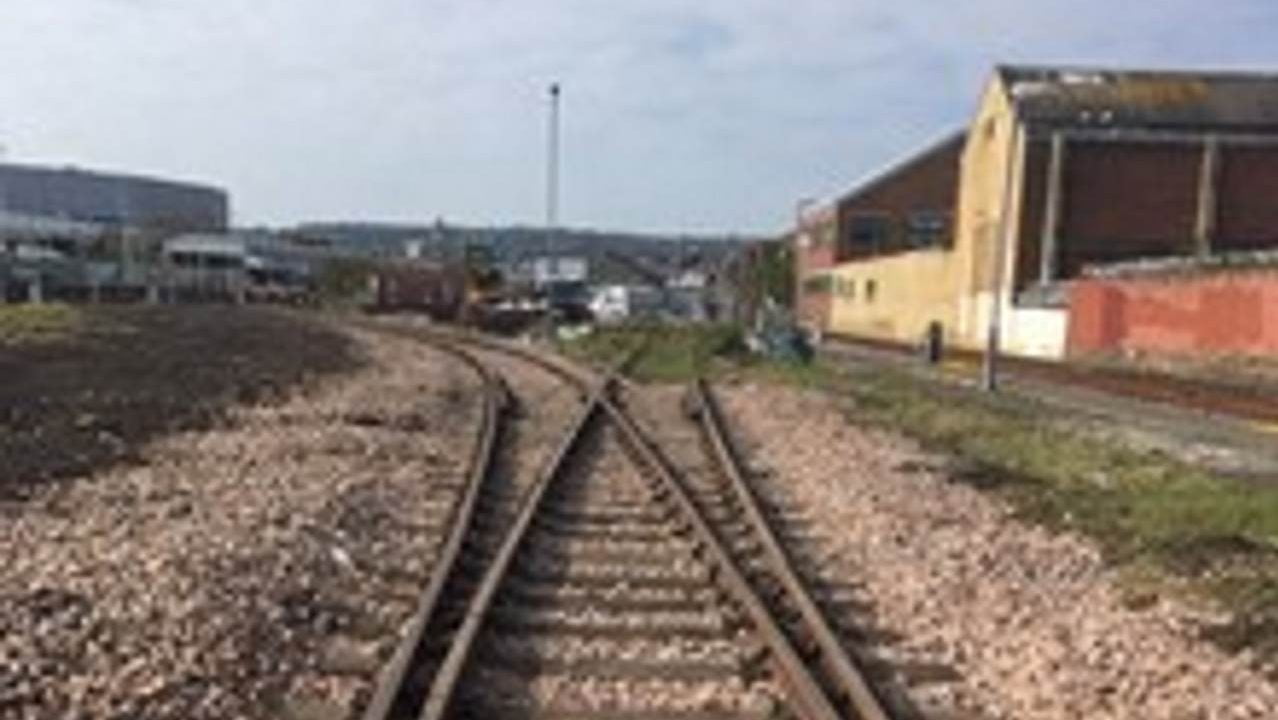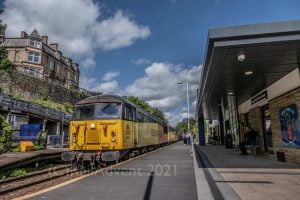Network Rail has announced that they have brought an overgrown railway siding at Eastbourne back into use.
They have done this by recycling track removed during the successful Three Bridges to Brighton blockade in February.
The blockade was part of the Thameslink Resilience Programme and involved remodelling the track layout at Balcombe Tunnel junction and the removal and replacement of track.
Usually, as part of Network Rail‘s sustainability policy, materials that come out of upgrade sites are returned to a recycling centre at Whitemoor, Westbury, Cambridgeshire.
While delivering the upgrade work, the engineering team noticed that although they weren’t able to be used there, it was high enough quality to be potentially used somewhere else.
Limited access to stabling points for On Track Machines (OTMs) in the Sussex coastal area has been a challenger for Network Rail, however, Eastbourne provides an ideal location for stabling points across the south coast.
The track was deemed as suitable for use on sidings which removed the need to transport it to Westbury.
Andrew Wood, Network Rail’s senior commercial scheme sponsor, South East Route said:
“When renewing the switches and crossings, we usually need to renew the plain line leading to those switches, but when we surveyed the plain line track at Balcombe Tunnel Junction we realised it was in sufficiently good enough condition to re-use elsewhere in a siding rather than recycle.”
Andrew Ripley, senior project operations manager (Southern and Anglia) said:
“This is a great win-win for us, from an operational perspective, not only do we reduce the fuel costs for the OTMs by storing them in Eastbourne, but we also increase the potential working time window for work in the future by having better machine availability.”
“Environmentally speaking, less fuel used means lower carbon emissions and reusing the Balcombe track saves on the cost of procuring new track for the Eastbourne stable. It wasn’t of the standard required for a mainline, but it was fine for sidings where trains travel at low speed. The Balcombe track is probably good for another 50 years.”
Where Next?
News Homepage
For the Latest Railway News
RailAdvent Online Shop
Framed Prints, DVD’s / Blu-Ray’s and more
LocoStop Community
Come and share your railway pictures
Network Rail
Visit their website





Responses
Some joined-up thinking; one question that goes unanswered is the vast amount of discarded rail alongside most of our mainlines…will it ever be recovered? Yes, it costs money to pick up hundreds (maybe thousands) of miles of redundant rail, but there must be some rebate through recycling. When sections of railway are closed for other engineering work it must be possible to run works trains to recover this somewhat valuable asset?
Could this be used for maintainence and housing the Southern’s Class 313, Class 377 and Class 171 units if the sidings were to be redeveloped with new siding roads and electrified with DC 750v 3rd Rail to store the Class 171, Class 313 and Class 377 trains at Eastbourne. As its to be reused. Along with a train wash facility and to become a depot aswell. With new jobs created at the site.